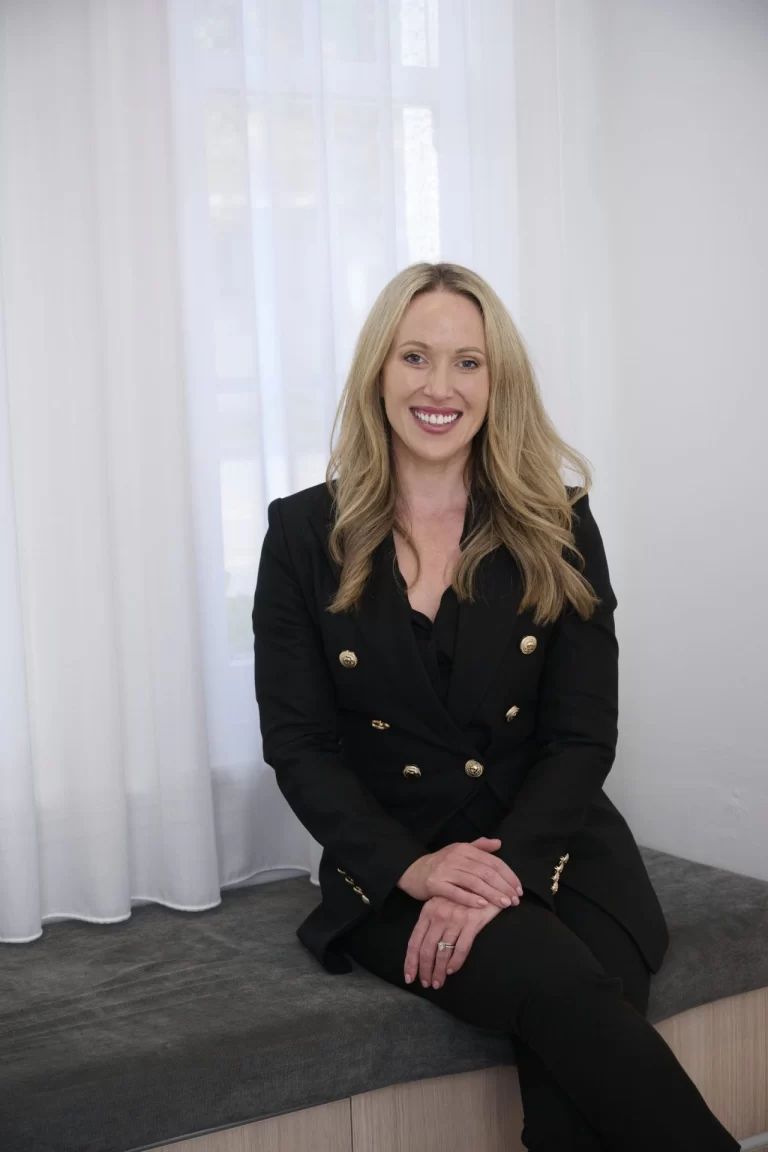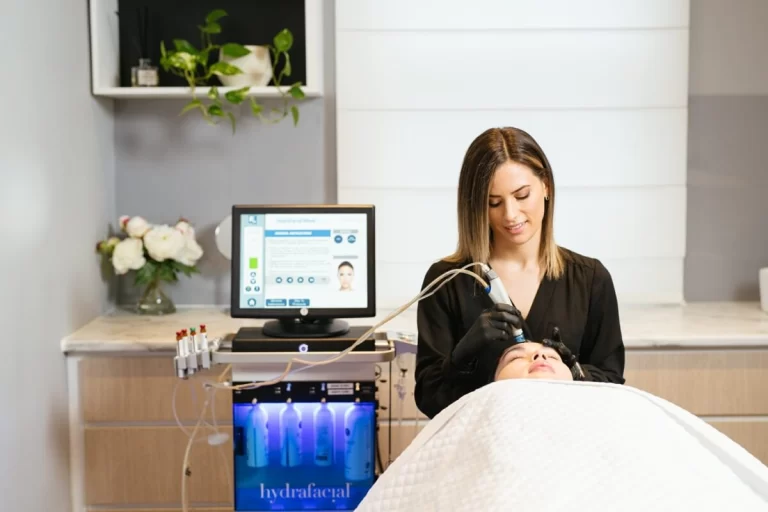Ageing and the skin

Welcome to part one of my little series of information about facial ageing and the visible changes we see as we grow older.
This post will have a look at the signs of facial ageing in each decade with some information as to how we can combat these changes. My next post will look at the individual layers of the skin and the underlying supportive structures in more detail. Education is the key to anti-ageing and preventative skin care.
So what actually happens to our face when we age?
The facial ageing process begins with changes to the skin, soft tissues (fat, muscle, ligaments) and bones which act as structural support. These facial layers all age independently and are affected by multiple different factors however they all act together in unison to determine the appearance of an individuals face as they grow older.
The major forces contributing to facial ageing include gravity, bony remodelling, fat loss and redistribution, hormonal changes, chronic sun exposure and smoking. Other environmental factors that also affect facial ageing include stress, poor diet, drug use and disease.
Signs of facial ageing:
- greater visibility of bony landmarks
- prominence of transverse forehead lines
- nasolabial folds become more prominent
- hollowing of the midface
- changes in the area around the mouth (vertical wrinkles, lip thinning and flattening)
- development of pre-jowl depressions (marionette lines)
- changes to the skin – decreased hydration, loss of elasticity, visible capillaries, congestion
So when do these changes occur and what visual changes will we see?
30-40s
- Beginnings of photoageing start to appear eg areas of altered pigmentation
- Dynamic lines appear in the upper face eg frown lines, forehead lines, crows feet
- Early formation of lines and wrinkles in the lower face eg nasolabial folds
- Fat pads and bony supports are generally intact at this time although slight volume loss in the cheeks can begin to occur
40-50s
- Pigmentation changes including solar lentigines and possible skin cancers forming
- Decreased sebaceous gland activity leading to dryness and flaking
- Visible capillaries (telangiectasia)
- Decreased production of collagen and elastin leading to reduced suppleness and elasticity – sagging
- Static lines present in upper and lower face from pre-existing dynamic lines (not if you have been having regular wrinkle relaxers)
- Dermis loses hydration, with loss of volume due to decreased collagen leading to contour irregularities and loss of facial fullness
- Decreased bone density causing changes to supportive structures of the face.
- Beginnings of fat pad atrophy and movement of fat pads leading to gravitational changes
50+
- Skin appears thin, dry and atrophic
- Increased telangectasia with broken capillaries and facial flushing
- Lines and folds are evident and present at rest
- Skin may appear loose and saggy eg jowling, marionette lines
- Further loss of the subcutaneous fat and loss of bone leads to underlying anatomical structures becoming obvious
- Loss of the supporting ligaments leads to grooving and bulging
What are my treatment options?
The goal is to achieve:
- symmetry on both sides of the face
- smooth convex contours
- homogenous skin tone and texture
Resurfacing procedures
These procedures are used to resurface and modify the epidermis and dermis. They correct changes of photoageing, fine lines, pigmentation, acne and scarring. Common procedures include; Chemical peels, Hydrafacial (Microdermabrasion), Skin needling, BBL Laser rejuvenation.
Cosmetic injectables
Injectables are a range of treatments that are administered by a Cosmetic Physician or nurse. Their main indication is for the treatment of lines, wrinkles and folds as well as volume restoration and contouring. The most common procedures include: Wrinkle Relaxers or anti-wrinkle injections and Dermal Fillers.
Please see my pages on wrinkle relaxers and dermal fillers for more information.
Surgery
These treatments address a wider range of concerns however are invasive and have associated down time. They range from liposuction, fat transfer, face-life and augmentations.
I hope this information was informative for you and offered some insight into what happens to your face over the years.
Dr Kate x



